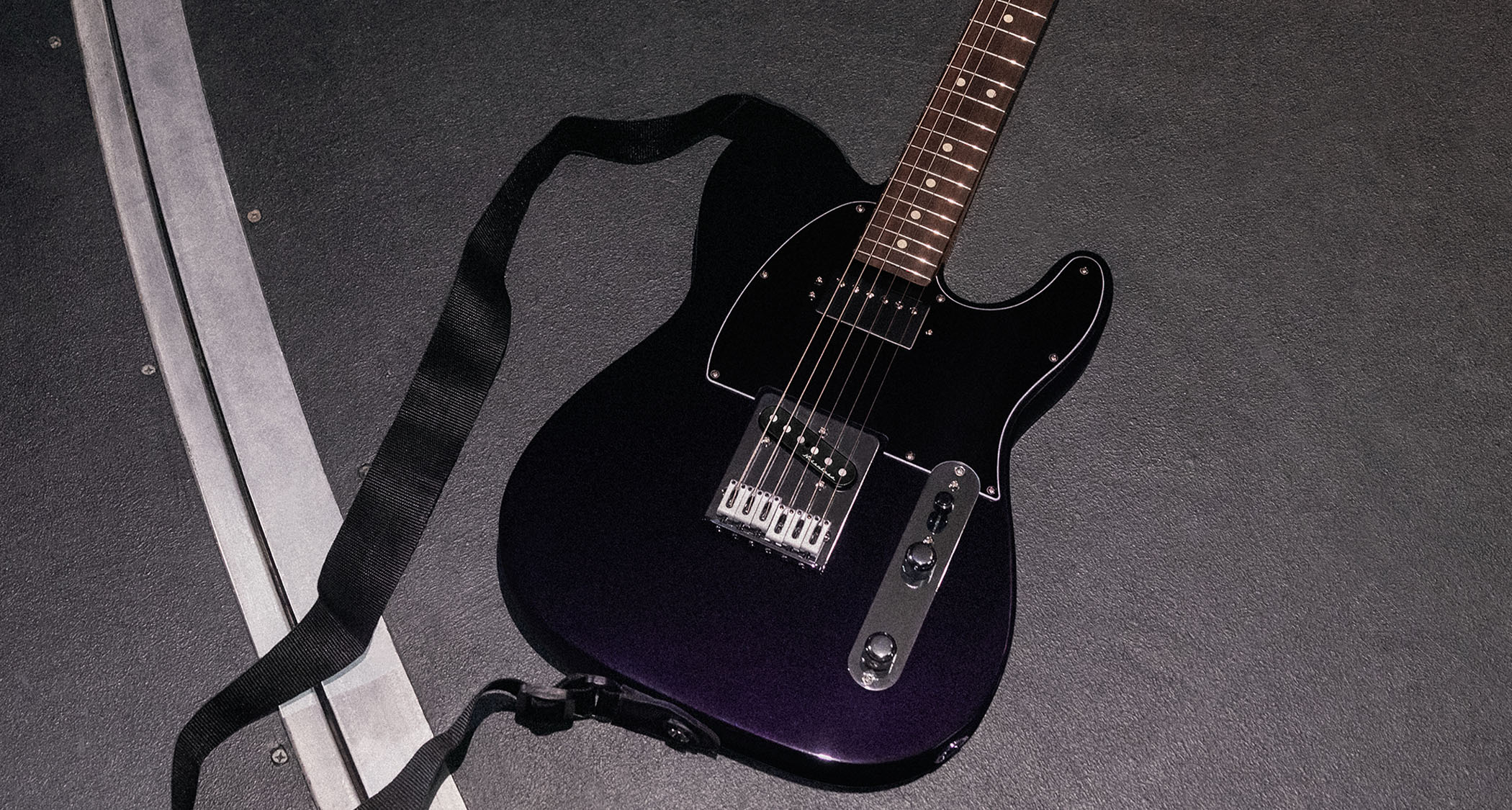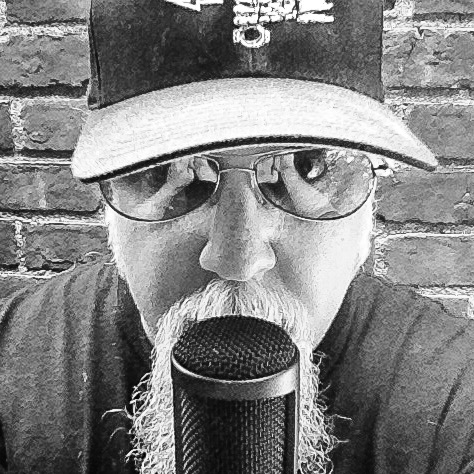Guitar World Verdict
The Player II Modified Telecaster SH’s neck humbucker/bridge Noiseless pickup setup makes this model much more versatile than a vintage-style Tele, allowing players to instantly switch from country-fried twang to beefy blues solos tones at a flick of the pickup switch.
Pros
- +
Neck humbucker provides fat, beefy blues and rock tones.
- +
Noiseless bridge pickup truly delivers noise‑ and hum-free performance.
- +
Coil-split function provides full selection of classic Tele tones.
Cons
- -
May sound a little too polished and refined to vintage Tele purists.
You can trust Guitar World
What is it?
Tele players have modified their Telecasters by installing a humbucking pickup in the neck position since the late ’60s, when rock, blues and country guitarists decided they needed beefier tones from their neck position settings but still wanted the Tele’s distinctive twang from the bridge settings.
Keith Richards popularized this setup during the early Seventies with his modified 1954 Tele nicknamed Micawber, and Fender even got in on the act when they introduced the Telecaster Custom in 1972.
Although the new Fender Player II Modified Telecaster SH joins a variety of similar Tele models both past and present featuring this classic single/humbucking pickup setup, this new model also offers a variety of player-centric upgrades that live up to its name.
Best of all, it retains the original Tele DNA while expanding its sonic palette and adding a few high-performance tweaks to please modern players and vintage purists alike.
I’m not sure how many million Telecasters Fender has built over the model’s 75-year history, but with all that repetition rest assured that they have the process down to a fine art now.
The Player II Modified Telecaster SH features the classic Tele tonewood combo of an alder body and maple neck with either a rosewood (Dusk/a deep purplish-black with metal flakes or 3-color Sunburst gloss polyester finish) or maple (Olympic Pearl or Sunshine Yellow gloss polyester finish) fingerboard.
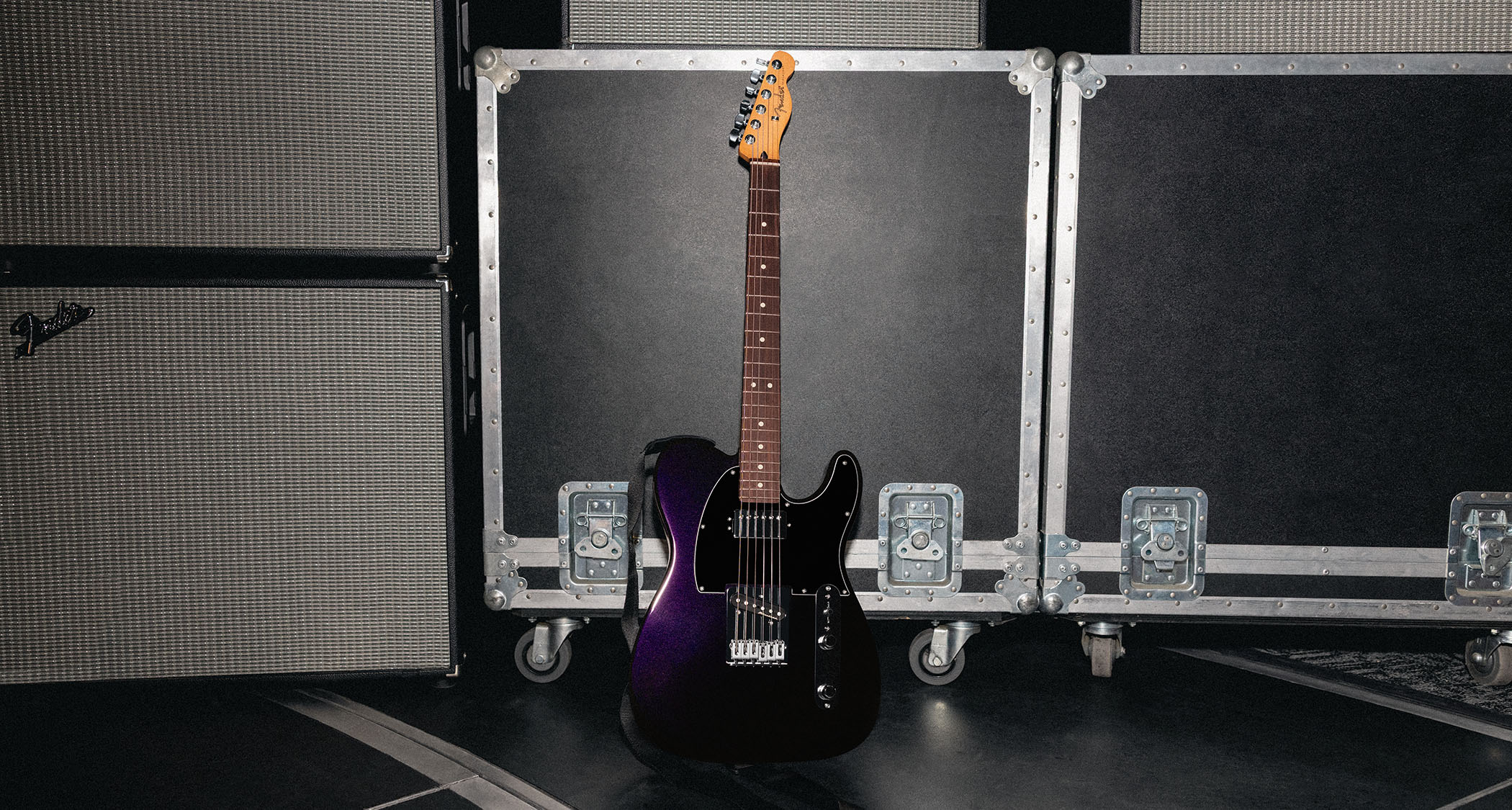
With 22 medium jumbo frets and a slim Modern “C” neck profile, the neck is built for comfort and speed, while its 9.5-inch radius offers a “Goldilocks” balance between rounder vintage fretboards and flatter modern shred necks.
All the latest guitar news, interviews, lessons, reviews, deals and more, direct to your inbox!
Note that there are no forearm or belly contours but rather the body has the standard flat slab-style design.
The bridge has a modern-style string-thru-body design with a flat plate for unrestricted picking access to the strings and six block brass saddles for precise intonation adjustment. Deluxe short-post locking tuners provide a steeper string angle behind the nut for enhanced dynamic response and tuning stability.
The master volume and master tone controls have traditional flat-top knurled knobs – no reinventing the wheel here – and the switch tip for the three-position blade pickup selector switch is the classic “barrel” type.
Pulling up the tone knob engages a coil-split function on the neck humbucker, providing a total of five pickup settings.
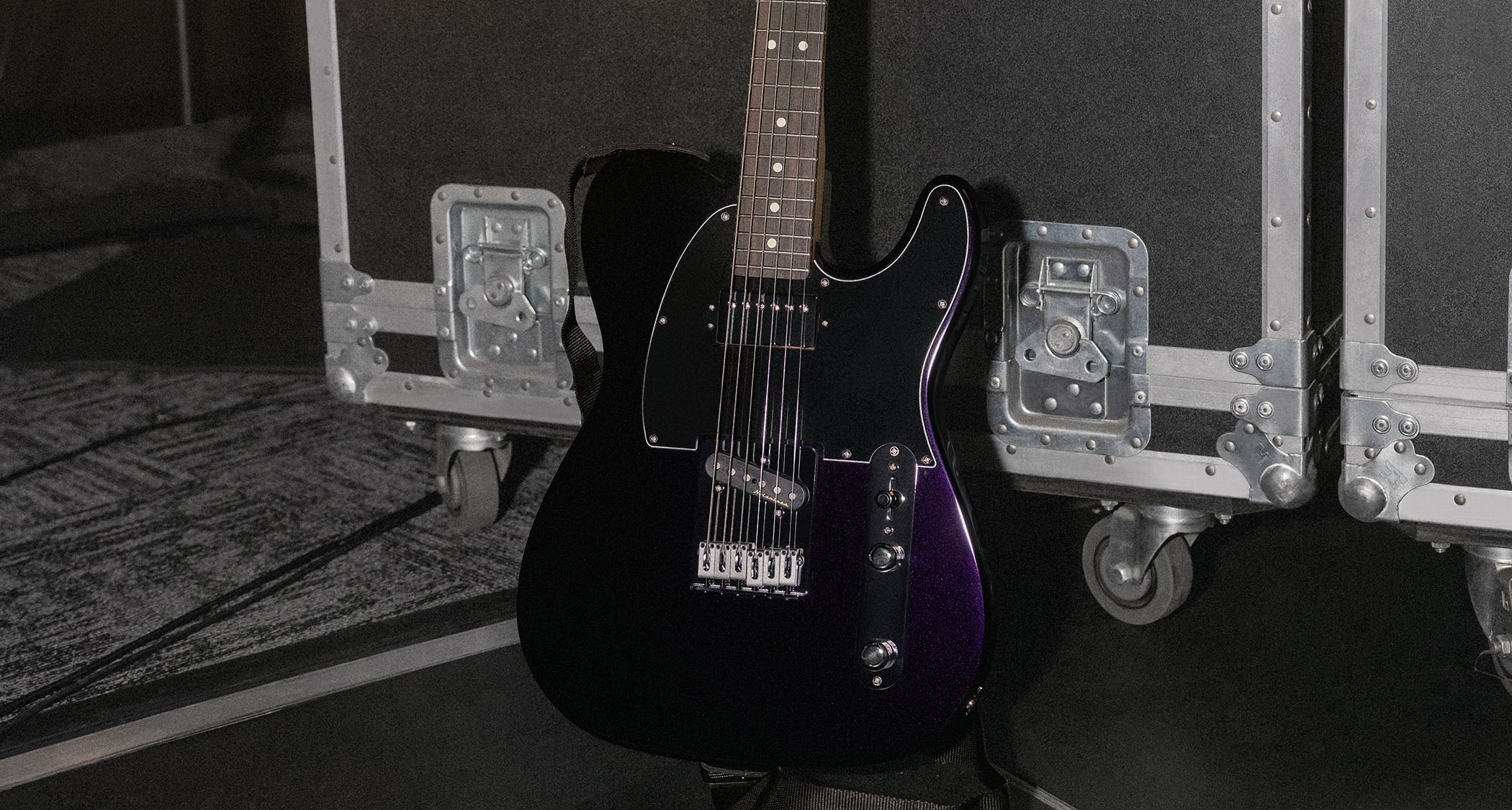
Pickups consist of a Player II Noiseless Tele stacked bridge pickup (with resistance measuring 13.07k ohms) and a Player II Modified Humbucker neck pickup (with 7.75k ohm resistance).
Components include 500k pots to provide a balance between the stacked bridge pickup and neck humbucker without either sounding overly bright or dark. The master volume control includes a treble bleed circuit that maintains brightness when the volume is backed down.
Specs

- Launch price: $1,079/£999/€
- Made: Mexico
- Type: Six-string electric guitar
- Body: Alder
- Neck: Maple, Modern ‘C’
- Fingerboard/radius: Maple, 9.5"
- Scale length: 25.5" (64.77 cm)
- Nut/width: TUSQ, 42 mm
- Frets: 22-frets, medium-jumbo
- Hardware: Deluxe cast/sealed locking tuners (all short posts), 6-saddle string-through-body Tele bridge with block brass saddles
- String spacing at bridge: 54.2mm
- Electrics: 1x Player II Noiseless Tele single coil, 1x Player II Modified Humbucker, master volume with treble-bleed, master tone with push/pull coil-split, 3-position blade switch
- Left-handed options: Only standard Player II Telecaster
- Finishes: Dusk [as reviewed], 3-Color Sunburst, Olympic Pearl, Sunshine Yellow
- Case: Fender soft case included
- Contact: Fender
Playability and sounds
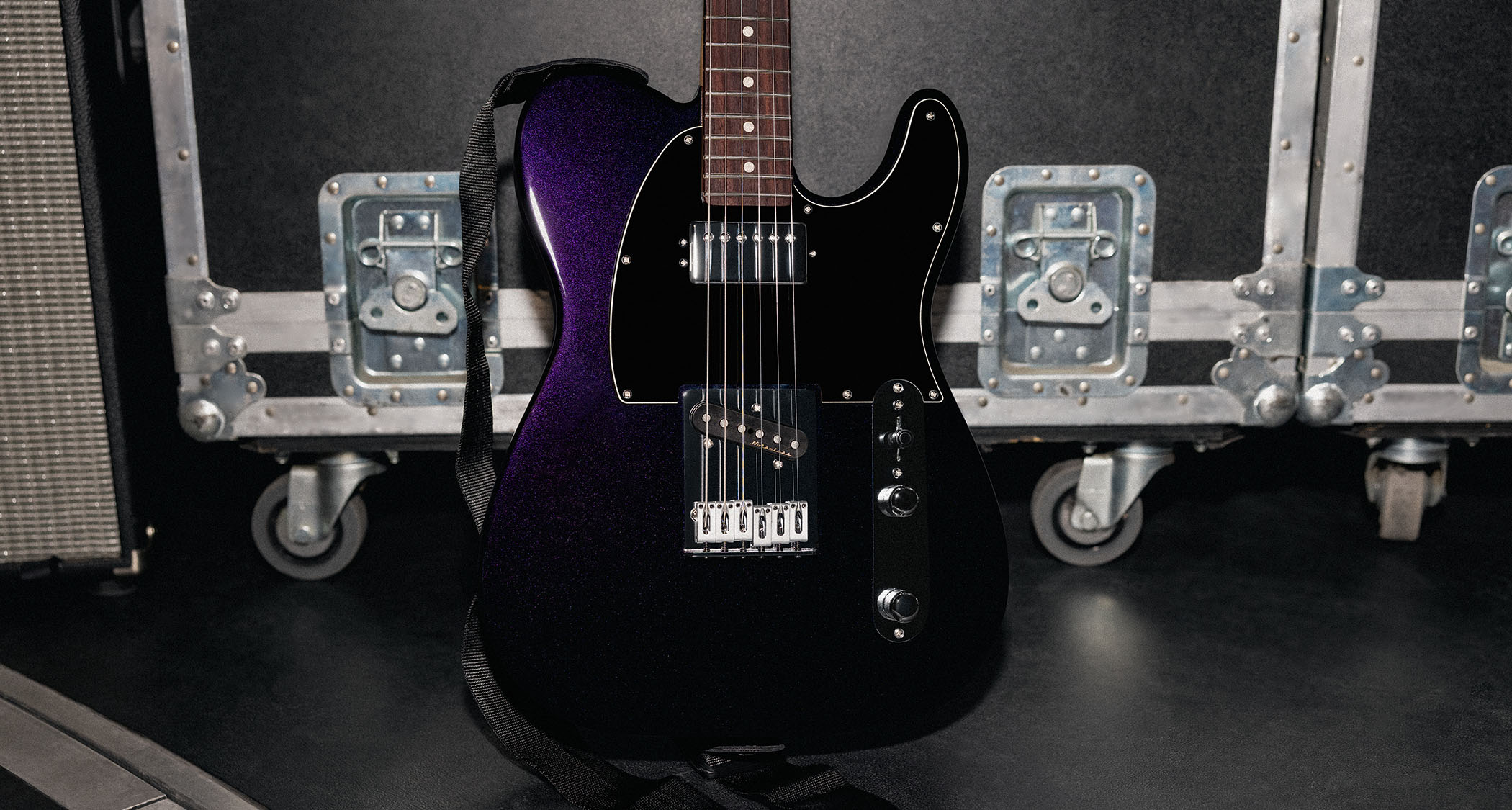
With its neck humbucker and Noiseless bridge pickup, the Player II Modified Telecaster SH provides the more refined and polished tones of a great rock ’n’ roll Tele, although it still has a good amount of vintage Tele twang and bite.
With the neck pickup coil-split function engaged, it delivers all of the classic Tele tones you need without the hum and noise of traditional single-coil pickups.
With the neck pickup in full humbucking mode, there’s a very slight volume increase when only the neck pickup is selected, but it’s not dramatic enough for anyone to notice in a band performance setting.
The brass saddles and plate enhance the attack and overall brightness, so the neck humbucker delivers a nice metallic jangle and never gets overly dark or flabby-sounding.
Verdict
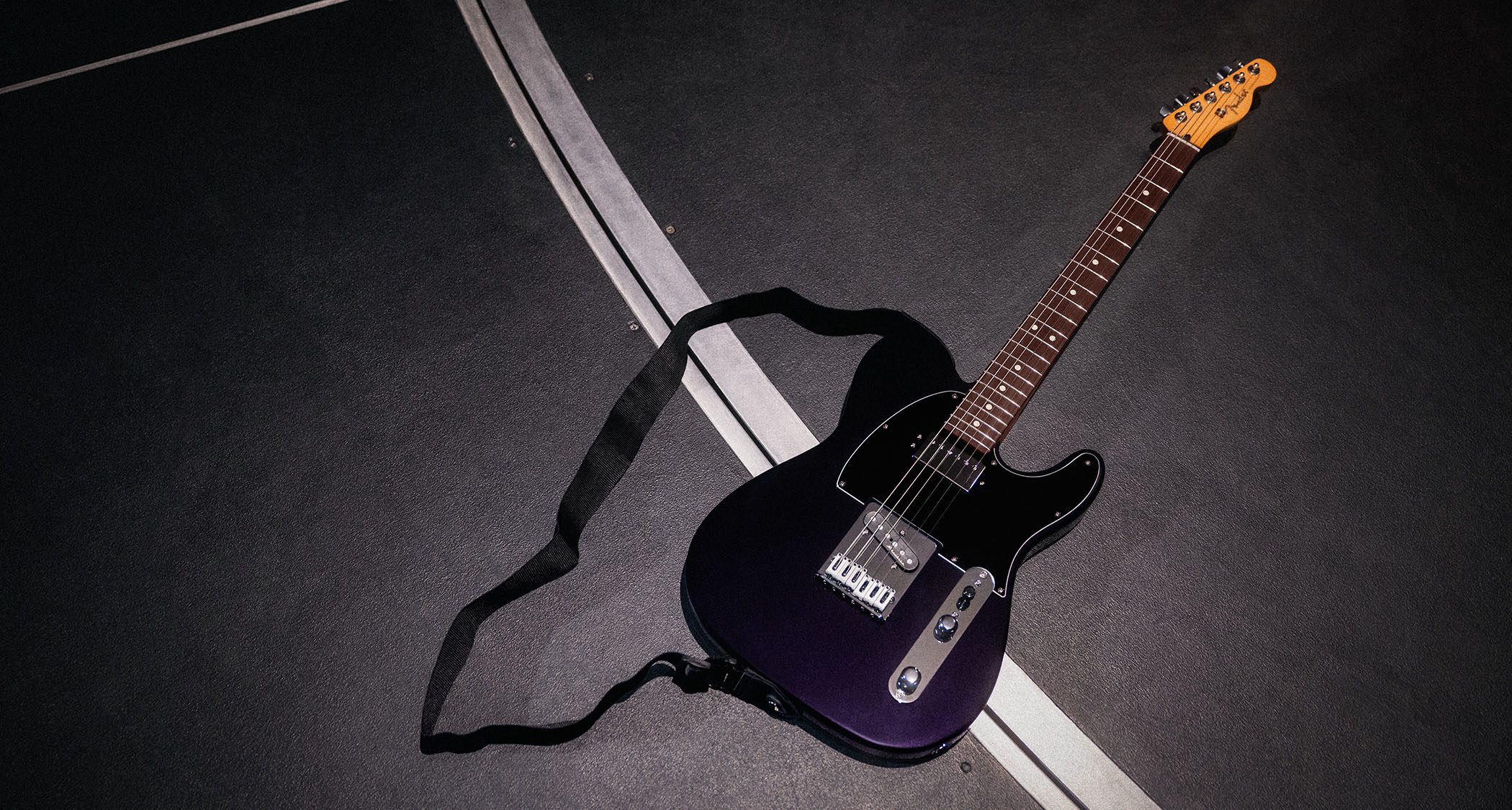
Guitar World verdict: The Player II Modified Telecaster SH’s neck humbucker/bridge Noiseless pickup setup makes this model much more versatile than a vintage-style Tele, allowing players to instantly switch from country-fried twang to beefy blues solos tones at a flick of the pickup switch.
Hands-on videos
Fender
Fender x IDLES
Guitar Center
- “Already a versatile instrument, the addition of the series circuit makes it even more of a multi-role guitar”: Fender Player II Modified Telecaster review
- This article first appeared in Guitar World. Subscribe and save.
Chris is the co-author of Eruption - Conversations with Eddie Van Halen. He is a 40-year music industry veteran who started at Boardwalk Entertainment (Joan Jett, Night Ranger) and Roland US before becoming a guitar journalist in 1991. He has interviewed more than 600 artists, written more than 1,400 product reviews and contributed to Jeff Beck’s Beck 01: Hot Rods and Rock & Roll and Eric Clapton’s Six String Stories.
You must confirm your public display name before commenting
Please logout and then login again, you will then be prompted to enter your display name.
